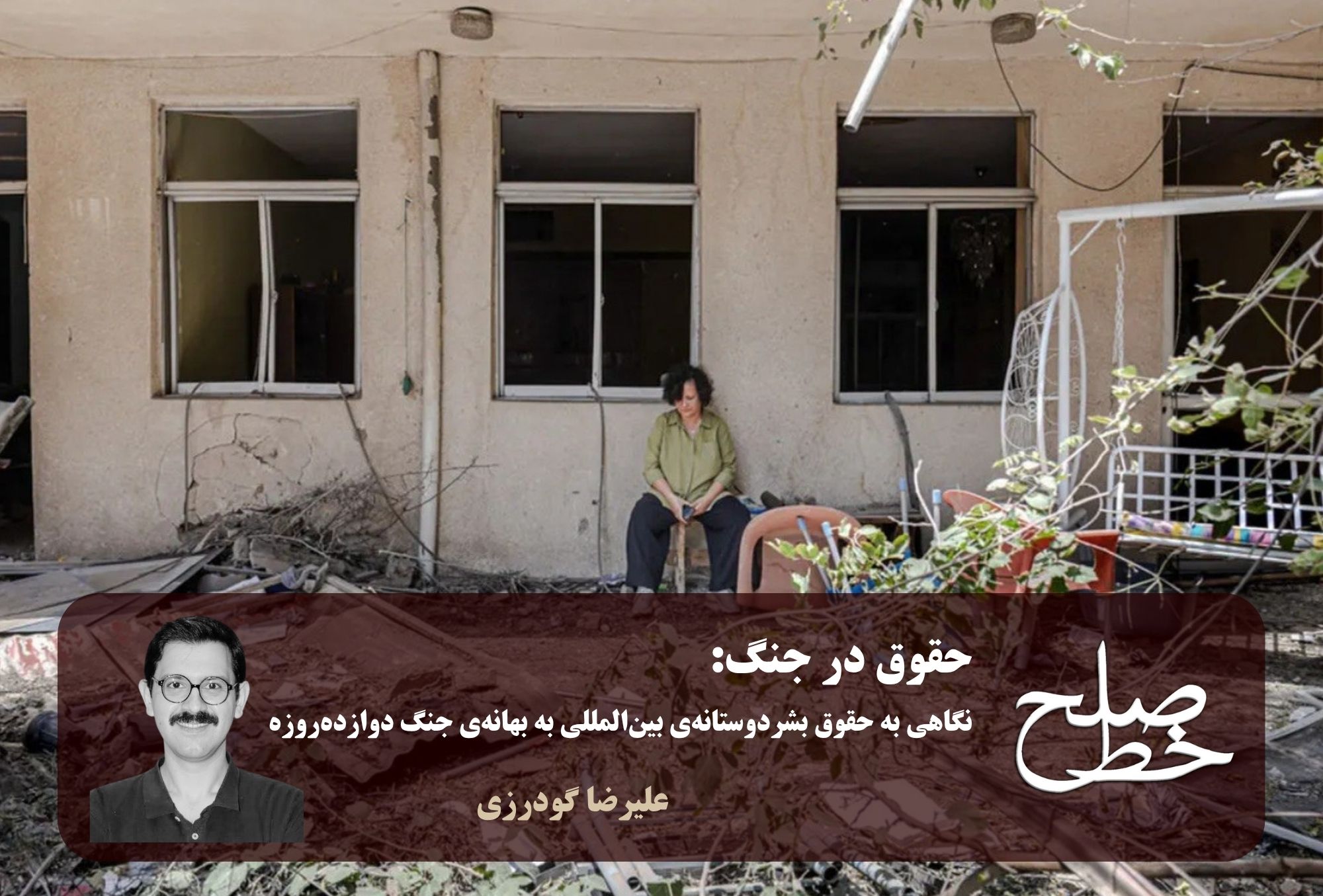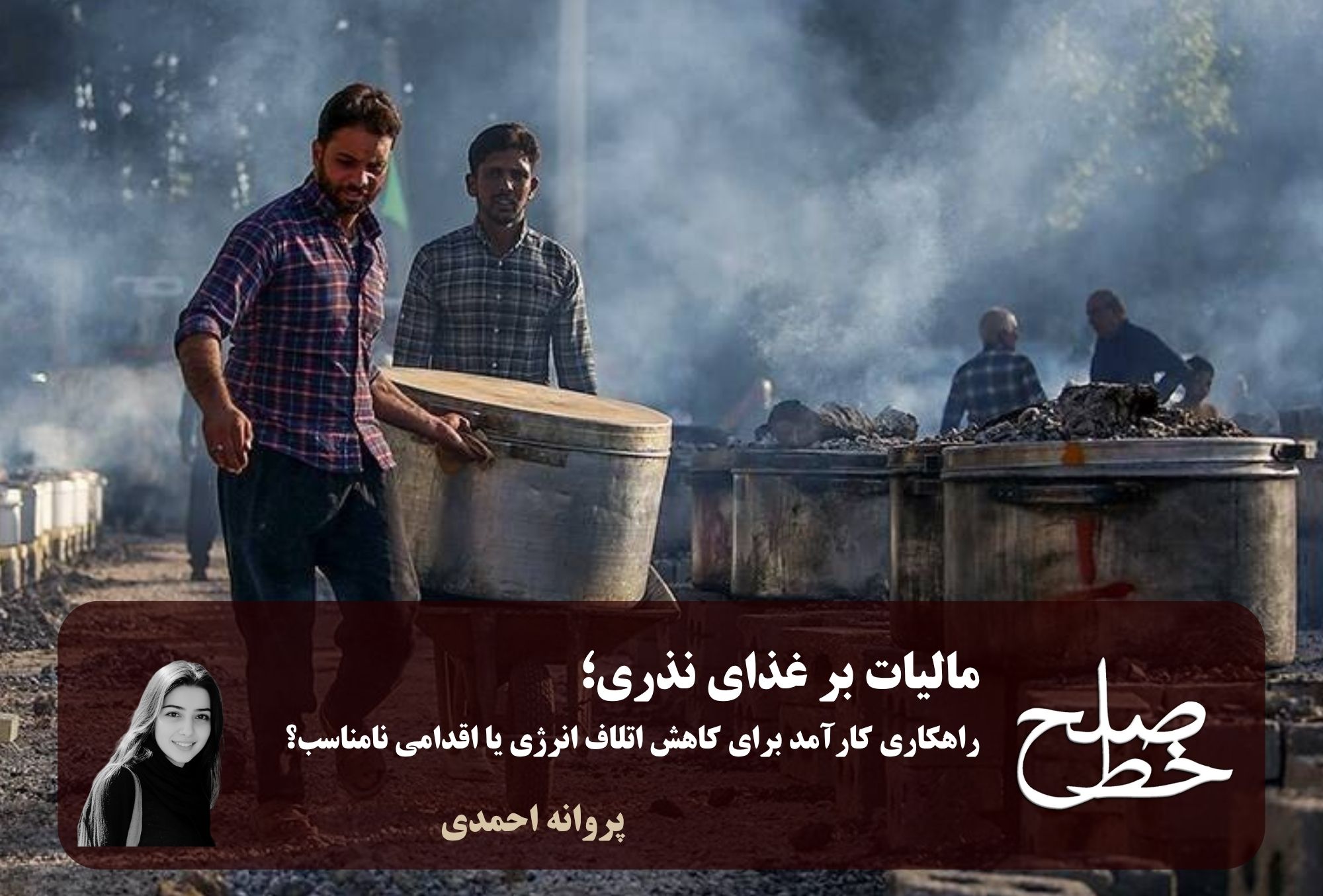ماهنامه خط صلح
 Created By:
Reza Harisi
Created By:
Reza Harisi  Created By:
Abouzar Zaman
Created By:
Abouzar Zaman  Created By:
Pardis Parsa
Created By:
Pardis Parsa  Created By:
Elahe Amani
Created By:
Elahe Amani  Created By:
Azar Taherabad
Created By:
Azar Taherabad  Created By:
Alireza Goodarzi
Created By:
Alireza Goodarzi  Created By:
Hossein Yazdi
Created By:
Hossein Yazdi  Created By:
Parvaneh Ahmadi
Created By:
Parvaneh Ahmadi  Created By:
Admin
Created By:
Admin  Created By:
Ali Kalaei
Created By:
Ali Kalaei  Created By:
Azar Taherabad
Created By:
Azar Taherabad  Created By:
Alireza Goodarzi
Created By:
Alireza Goodarzi 











